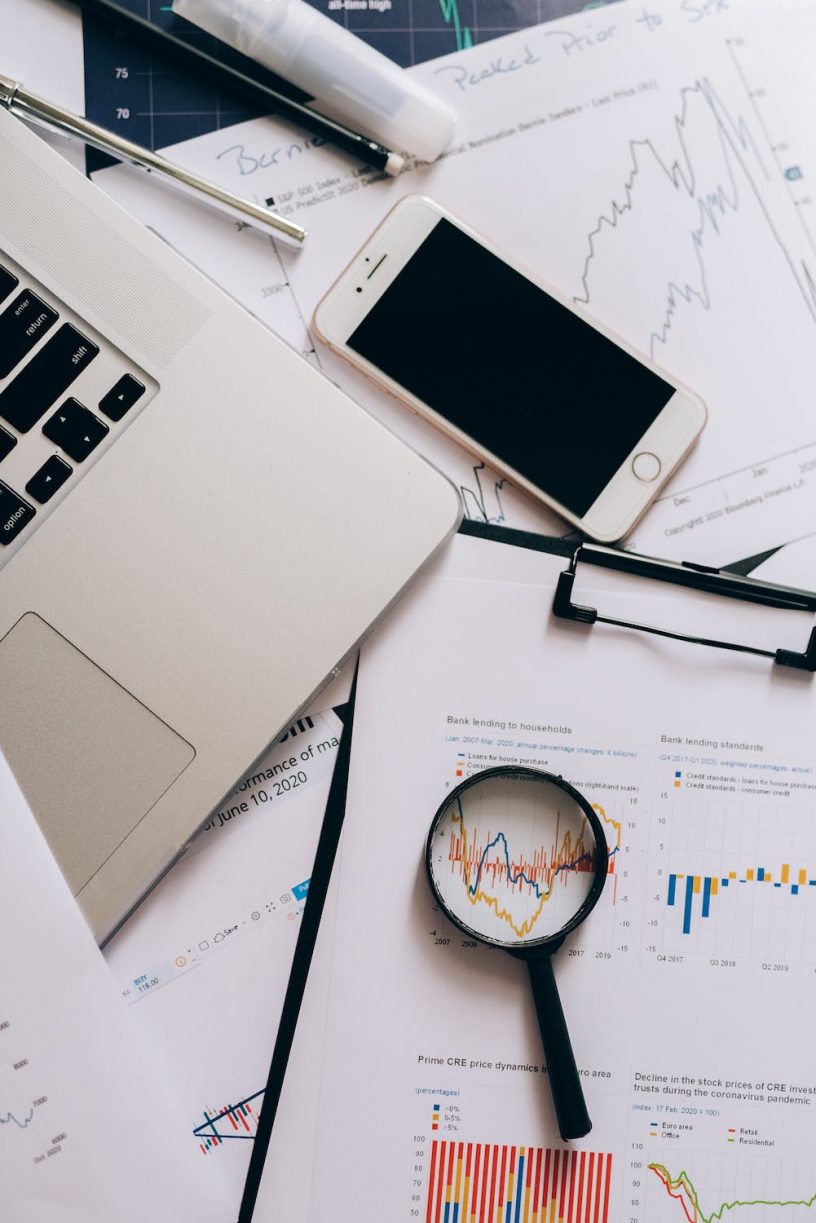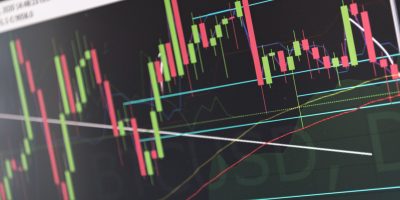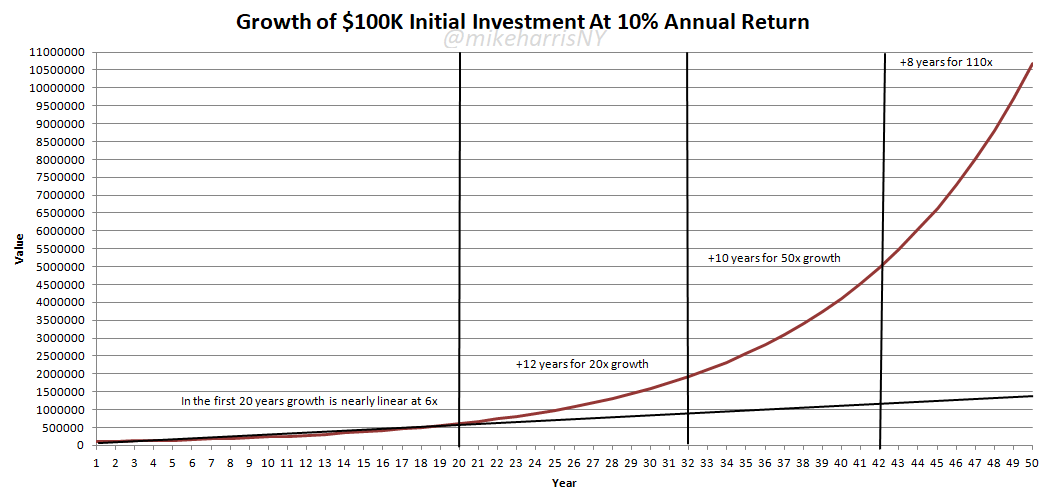There is a significant difference between buy and hold periods of 30 years and 50 years. The “magic of compounding” accelerates after about 30 years. Most people don’t have long investment horizons or do not live long enough to realize the full power of compounding.
I read an article about a famous investor that made amazing returns buying and holding stocks. The article forgot to mention this person started investing right after WWII at an age of 51 and lived to be 101. The total return was realized in 50 years. Buying and holding stocks for 50 years requires discipline and devotion. However, the extraordinary gains were due to a long period of compounding stock market returns. The article also forgot to mention that the person died just before the dot-com bear market and the investments did not face a 55% drawdown. In addition, the article forgot to mention that after 2000, buy-and-hold investors faced several bear markets and large corrections, including the one this year. However, the most important factor that the article missed was the effect of life expectancy on compounding stock market returns. There is a huge difference between a 30-year holding period and a 50-year holding period. As I will demonstrate with a simple example, the last 10 years of 50 years make a huge difference in the total return. Therefore, a buy-and-hold investor that will live to the age of 101 does not need any particular investment skills but the discipline to buy and hold stocks, and assuming stocks rise over the long term, the returns will be spectacular.
For simplicity, let us assume a 10% annual stock market total return. An initial investment of $100,000 will be compounded at a 10% rate for 50 years. This is an oversimplification to show the effects of compounding.
In the first 20 years, wealth grows nearly linearly and capital grows about 6 times to $6 million.
In the next 12 years, the compounding effects start being more pronounced and the capital at the end of year 32 the capital has grown 20 times to $2 million.
The threshold for exponential growth appears to be around 33 years. In the next 10 years, or after 42 years, the capital has grown 50 times to $5 million. This is when the wealth starts accumulating fast due to compounding.
In the remaining 8 years, the capital grows 5.5 times to $11 million, or 110 times in a total of 50 years.
This is what it boils down to: Most people who have a 30-year investment horizon due to either a late start in investing or shorter life expectancy will never realize the large gains of compounding.
Even those with a 40-year investment horizon will never see their account nearly doubling in value unless they stay invested for 10 more years.
Time is the most important parameter that determines the final wealth in a multiplicative process, like stock market returns compounding, assuming some average level of annual return.
When people do not have enough time or are not patient enough to stay invested for long periods, then they resort to other speculative games. Usually, the first two decades are required to create the seed needed to realize the power of compounding, as the above chart shows.
Many do not realize that some of the most successful investors of our time are very old. Time and compounding of returns have worked in their favor. Maybe skill was not that important after all.
Investment skill is a poor substitute for time, especially in the markets.
Disclaimer: The premium articles are provided for informational purposes only and do not constitute investment advice or actionable content. We do not warrant the accuracy, completeness, fitness, or timeliness for any particular purposes of the premium articles. Under no circumstances should the premium articles be treated as financial advice. The author of this website is not a registered financial adviser. The past performance of any trading system or methodology is not necessarily indicative of future results. . Read the full disclaimer here.








